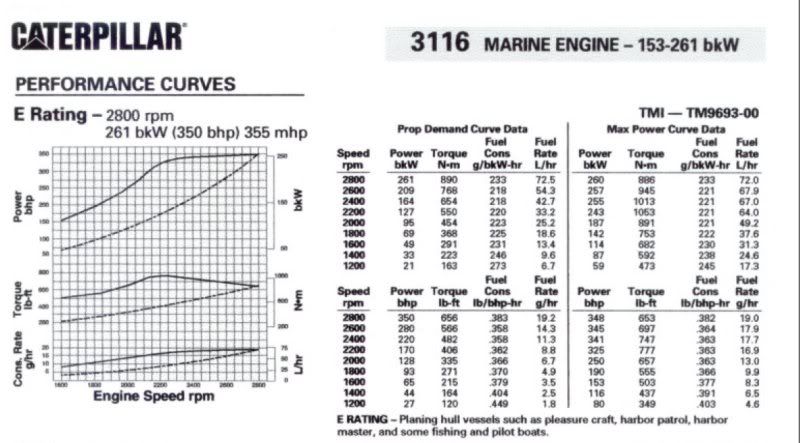shadow9999
Member
As an electronic upgrade, I installed a floscan system. The install took me about 6 hours total and was done over a period of about a week, a little here and a little there. The modules that the flow meters wire into are NMEA2000 so the tie into my electronics on board was simple. This is a great tool especially when doing any long distance cruising or travel. A few really cool displays suddenly showed up on my GPS and Marine Electronics displays once the modules were tied into the NMEA2000 network. All in all, not a hugh expense, not a difficult installation, and a really cool enhancement in my opinion. :thumbsup:










